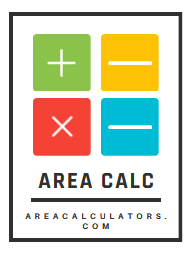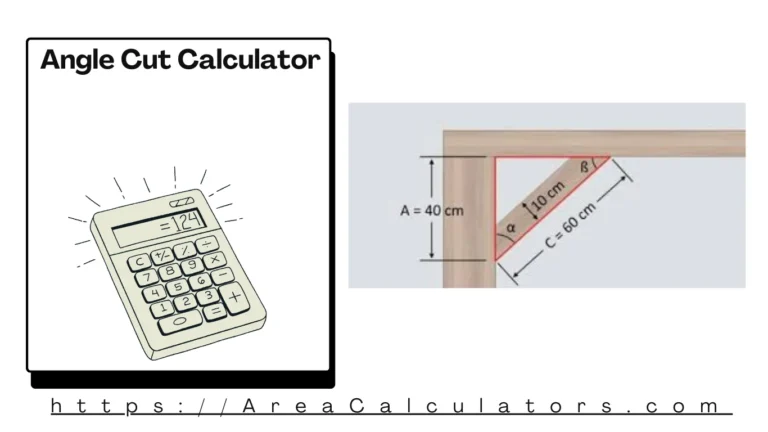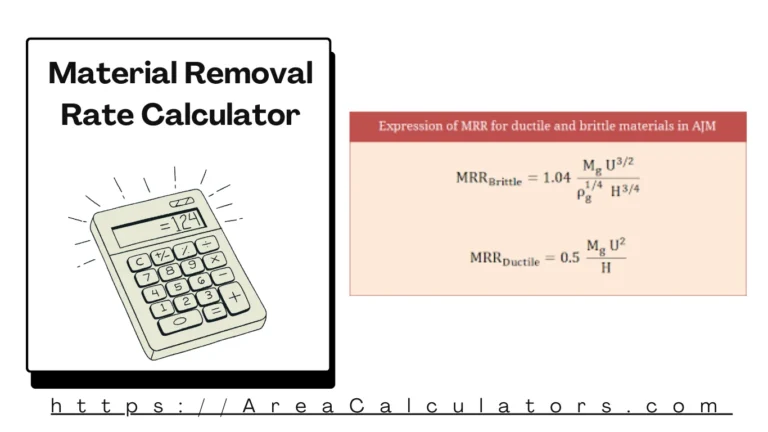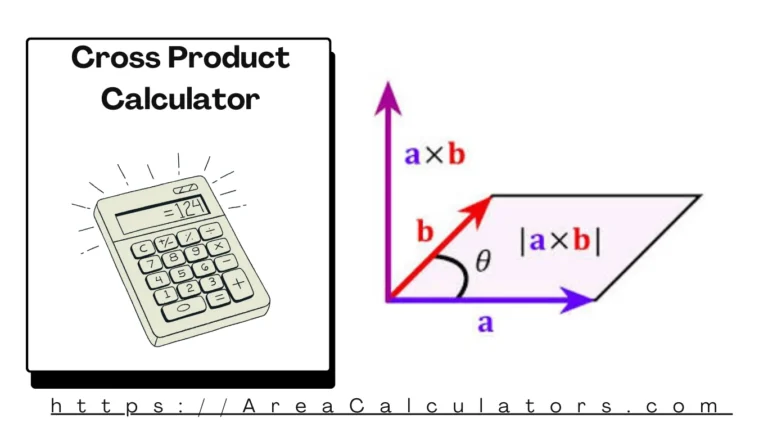Understanding how substances behave and interact is a big part of chemistry. One of the key measurements chemists use is the mole—a unit that represents a set number of particles. But here's the twist: gases can expand or compress, so their volume can change depending on conditions like temperature and pressure. That’s where the Mole To Volume Calculator steps in. This helpful tool lets you accurately convert between the number of moles of a gas and its volume under standard conditions.
Knowing how to convert moles to volume helps students, teachers, engineers, and scientists tackle real-world problems with ease. Instead of dealing with complex calculations, you simply plug in the value—and voilà! Your answer is ready.
Understanding the Mole Concept in Chemistry
Avogadro’s Number and Its Role
Contents
- 1 Avogadro’s Number and Its Role
- 2 Standard Molar Volume at STP
- 3 Mole To Volume Calculator Formula Explained
- 4 Input Fields, Units, and Auto Calculation
- 5 🚗 Automotive, 🧪 Labs, 🛠️ Industry
- 6 Pros and Cons Comparison
- 7 Liters, Milliliters, Cubic Meters
- 8 Ideal Gas Assumption, STP Considerations
- 9 Lab Simulation Example, Classroom Demo
The concept of a mole comes from Italian scientist Amedeo Avogadro, who proposed that equal volumes of gases (at the same temperature and pressure) contain an equal number of molecules. The famous Avogadro’s number is:
1 mole = 6.022 × 10²³ particles
This means that a mole of any substance contains the same number of particles—whether atoms, ions, or molecules. For gases, that number also relates to volume, especially at Standard Temperature and Pressure (STP).
What is Molar Volume?
Standard Molar Volume at STP
At STP (Standard Temperature = 0°C or 273.15 K; Pressure = 1 atm), one mole of an ideal gas occupies:
22.4 liters
This fixed value, called the molar volume, is the basis for converting between moles and volume. So, if you have 2 moles of oxygen gas at STP, it’ll occupy:
2 × 22.4 = 44.8 liters
This is why the Mole To Volume Calculator is so handy—it uses this principle instantly and accurately.
The Mole To Volume Formula
Mole To Volume Calculator Formula Explained
The fundamental formula used is:
Volume = Moles × 22.4 L (at STP)
If the conditions aren't standard, the calculator might also use the Ideal Gas Law:
PV = nRT
Where:
-
P = Pressure (atm)
-
V = Volume (L)
-
n = Moles
-
R = Ideal Gas Constant (0.0821 L·atm/mol·K)
-
T = Temperature (K)
Most basic calculators rely on the 22.4 L/mole factor, assuming STP conditions. This makes it perfect for classroom, lab, and industry scenarios that follow standard conditions.
How the Mole To Volume Calculator Works
Input Fields, Units, and Auto Calculation
The Mole To Volume Calculator typically includes the following fields:
-
Moles of Gas: Input the number of moles
-
Condition: STP or Custom (T & P)
-
Output: Volume in Liters, mL, or cubic meters
When you hit “Calculate,” it performs the math instantly using the STP constant or Ideal Gas Law (if applicable). It removes the need for tedious conversions or rearranging formulas.
Applications of Mole To Volume Calculator
🚗 Automotive, 🧪 Labs, 🛠️ Industry
The Mole To Volume Calculator isn’t just for the classroom—it's used across various sectors:
-
🚗 Automotive Engineering: Monitoring gas emissions or air intake in engines
-
🧪 Chemical Laboratories: Calculating volumes during experiments
-
🏭 Industrial Manufacturing: Controlling gas inputs for chemical reactions
-
🌡️ Environmental Monitoring: Estimating pollutant gas volumes in the air
Its broad application makes it an indispensable tool in science and technology.
Benefits of Using a Mole To Volume Calculator
Using this calculator offers several advantages:
-
✅ Accuracy: It eliminates human error from manual calculations
-
✅ Time-saving: Results are generated in milliseconds
-
✅ User-friendly: Easy to use for students and professionals alike
-
✅ Customizable: Works for STP and non-STP conditions
-
✅ Educational: Helps learners understand gas laws more intuitively
You don’t need to memorize formulas or convert units. Just enter values and get answers—instantly.
Manual vs Automated Calculation
Pros and Cons Comparison
| Method | Pros | Cons |
|---|---|---|
| Manual | Helps with concept understanding | Time-consuming and error-prone |
| Calculator | Fast, accurate, and convenient | May lead to formula over-reliance |
While manual calculation builds a strong foundation, calculators bring convenience and precision when you need quick results.
Common Units and Conversion Factors
Liters, Milliliters, Cubic Meters
Here’s a handy guide to unit conversions often used in mole-volume calculations:
-
1 liter = 1000 milliliters (mL)
-
1 cubic meter (m³) = 1000 liters
-
1 mole of gas at STP = 22.4 liters
Being familiar with these units helps avoid confusion, especially when working across different systems (metric vs. SI).
Assumptions in Gas Volume Calculations
Ideal Gas Assumption, STP Considerations
The calculator assumes the gas behaves ideally—that is, particles have no volume and don’t interact. This is a simplification, but it works well for:
-
Noble gases (He, Ne, Ar)
-
Common atmospheric gases (O₂, N₂, CO₂)
-
Moderate conditions (not extreme T or P)
Keep in mind: real gases may deviate slightly from this model under very high pressure or low temperature.
Troubleshooting Common Errors
Mistakes can creep in during usage. Here are common ones:
-
❌ Incorrect units: Always check if you're using liters, moles, etc.
-
❌ Wrong temperature/pressure: STP is fixed; other conditions must be input carefully
-
❌ Decimal issues: Use periods, not commas, in numbers (e.g., 2.5 not 2,5)
These small errors can cause large calculation inaccuracies.
Educational Importance in Classrooms
The Mole To Volume Calculator serves as both a learning and teaching aid. Teachers use it to:
-
Demonstrate gas behavior in real-time
-
Visualize how temperature and pressure affect volume
-
Reinforce the Ideal Gas Law through experiments
Students, in turn, gain confidence by checking their manual work against automated results.
Real-World Case Studies
Lab Simulation Example, Classroom Demo
📘 Classroom Example:
A student calculates how much hydrogen gas is needed to inflate a balloon for a chemistry fair project. They input 0.75 moles and instantly get 16.8 L—saving time and ensuring accuracy.
🧪 Lab Simulation:
In a lab, a technician needs to produce oxygen from potassium chlorate. Using the calculator, they input 1.5 moles and prepare the right volume collection system—33.6 L of O₂.
Integrating the Calculator into Websites
Teachers, developers, and educational sites can embed the Mole To Volume Calculator easily. A lightweight HTML/JS tool lets users:
-
Perform live calculations
-
Download reports
-
Customize conditions
This makes it a must-have for e-learning platforms and academic institutions.
FAQs:
1. What is the formula used in the Mole To Volume Calculator?
It uses: Volume = Moles × 22.4 L at STP. For custom conditions, it may apply the Ideal Gas Law: PV = nRT.
2. Can I use this calculator for gases at non-STP conditions?
Yes, if the calculator allows custom input for pressure and temperature.
3. Why is the molar volume 22.4 liters?
This value represents the volume of one mole of any ideal gas at STP (0°C and 1 atm).
4. What units does the calculator support?
Common units include liters, milliliters, and cubic meters. Always check the units before calculating.
5. Is this calculator suitable for students?
Absolutely! It’s great for homework, lab exercises, and understanding gas laws.
6. What if I input the wrong values?
Most calculators have input validation to warn you, but always double-check your data before calculating.
Conclusion
The Mole To Volume Calculator isn’t just a tool—it’s a modern necessity for anyone working with gases. From high school chemistry to industrial applications, it simplifies a once-complex process into a single click.
Understanding how moles relate to volume empowers users to tackle problems more efficiently, and the calculator makes it accessible to all. So next time you’re puzzled by a gas conversion, let this digital assistant handle the math!





